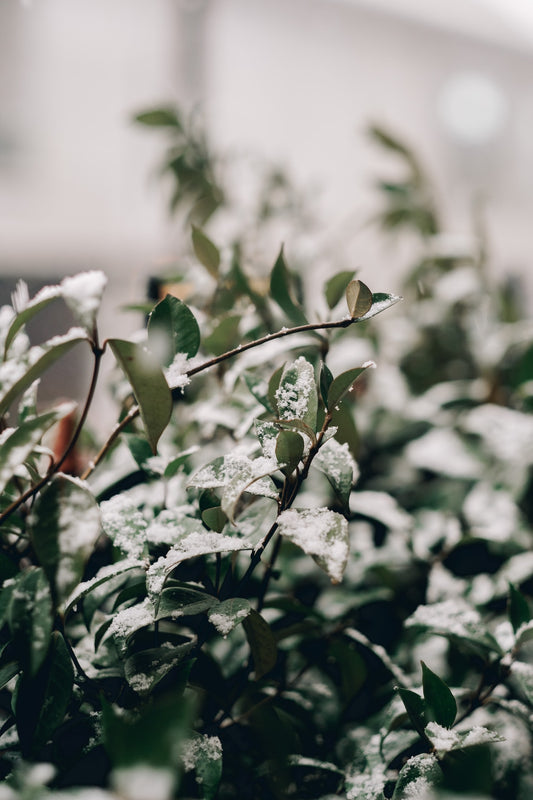
How much light do my houseplants need?
Share
If you’re new to raising houseplants, it can feel daunting to know where to begin. There are three main categories when it comes to growing houseplants. These categories are the humidity levels, what you will feed them, and the light level they need.
Don’t worry if this still sounds overwhelming, there are tips below on how to find the right lighting for your plants.
What happens if I get the lighting wrong?
The wonderful thing about our plants is that they can give you clues when they’re not receiving the right light for them. These hints are relatively easy to spot and can help you figure out if they’re receiving too much or too little light.
Are they receiving too much light?
You will be able to tell if your plant is getting too much light based on its leaves. It is time to move your plant away from the light if the leaves do any of the following
- Break off when you touch them
- Become dull or faded
- Fall off due to dryness
- Appear to turn brown
- Show a scorched-like spot
- Wilt
Are they receiving too little light?
There are several ways to detect that your houseplant needs more light, so you may need to find a place with more light if they exhibit any of the following signs –
- Leaves turning yellow
- Inability to flower, or showing a struggle to bloom
- Lack of growth
- Newer leaves are littler than the others
- Lower leaves fall off
- They become thinner and lean closer to the light
Which type of light does my plant need?
Frustratingly, there is no generic one-size-fits-all answer to this question. This is because there are multiple types of light, and the light that they prefer depends on which plant type you have.
The forms of light are broken down into two categories – bright light and low light. Low light describes the state in which plants are exposed to lower levels of light. For example, if these plants are in a room with no natural light or very small amounts, then this would be considered a low light environment.
Bright light can be divided again into two more types; direct and indirect. Indirect refers to the kind of light that your plant would get if it was in a room with natural light, but not completely exposed to it. Direct light refers to the placement of your plant wholly facing the light, like on a windowsill for instance.
It is important to research which type of light your plant needs as this can sometimes cause issues with their growth too.
What can I do to help my plant get the right light if I don’t have space on my windowsill?
There are products on the market, such as this adjustable plant stand by Ayria that allow you to raise your plants off of the floor to get closer to the light.
This plant stand helps you make the most of the room that you have in your space by lifting your plant, making it easier to put in the path of bright light.



